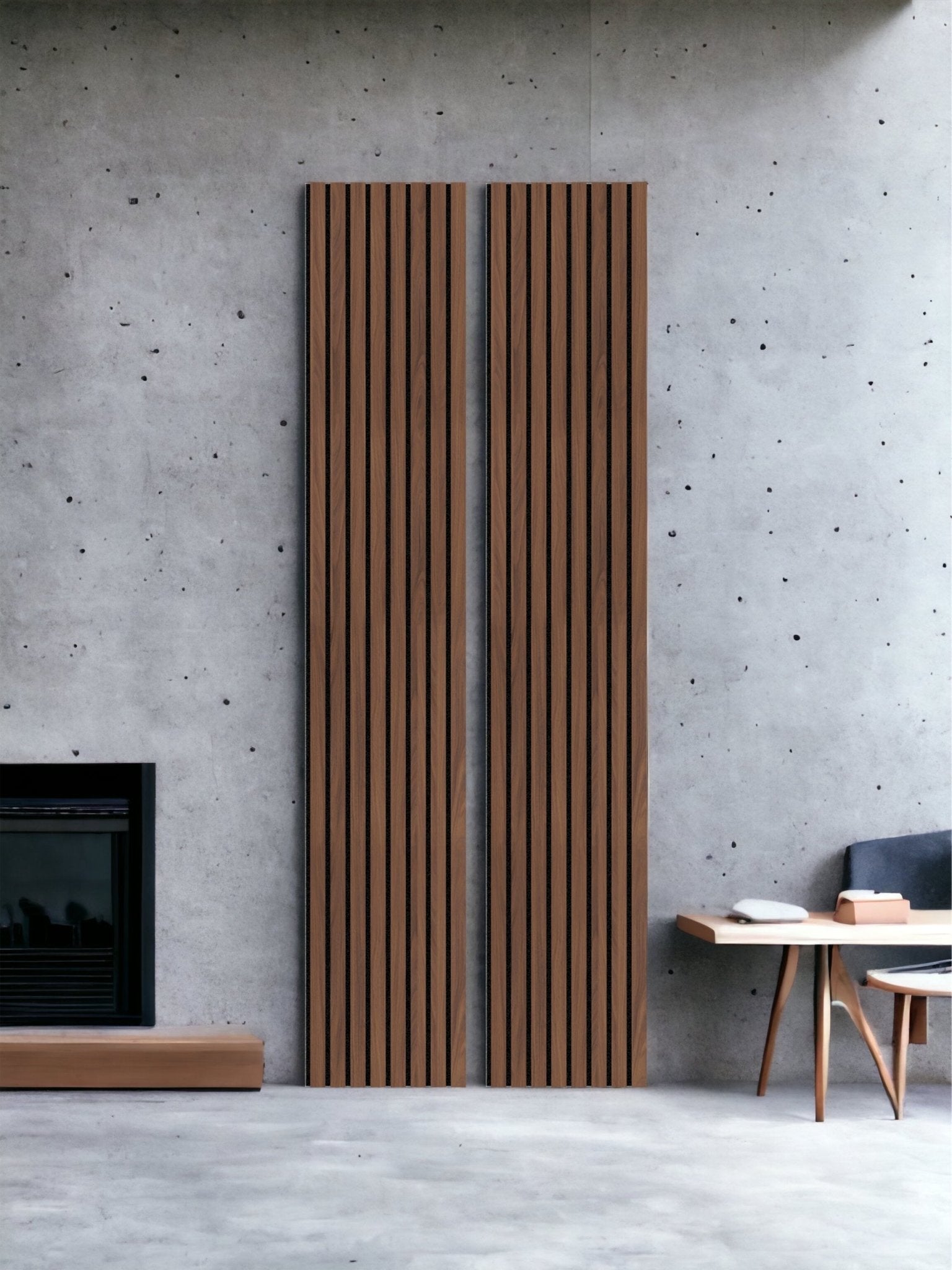In today's environmentally conscious world, sustainability takes center stage across various industries. As we delve into the realm of wood slat acoustic panels, the importance of selecting the right wood species becomes evident, not only for aesthetic purposes but also to ensure a sustainable approach. In this article, we embark on a journey through the diverse types of wood used in the manufacturing of slat panels, examining their distinct characteristics and environmental impact. From the opulent hues of mahogany to the graceful allure of bamboo, we explore the array of sustainable options available, equipping you with the knowledge to make an eco-friendly choice that aligns seamlessly with your design vision.
White Oak, renowned for its richness and timeless beauty, is a popular choice for wood slat acoustic panels. Sourced from sustainably managed forests, this species combines elegance with environmental responsibility. With its light airy hues and straight grain, white oak brings an air of sophistication to any space. By opting for white oak slat panels, you not only infuse your surroundings with a touch of grandeur but also contribute to the preservation of this remarkable species and its natural habitats.

For those seeking a more contemporary and eco-conscious option, walnut emerges as a frontrunner in sustainable design. Rapidly renewable and exceptionally durable, walnut exhibits remarkable strength while showcasing a distinctive grain pattern. This versatile material not only adds a touch of natural beauty to wood slat acoustic panels but also holds the potential to significantly reduce environmental impact. By choosing walnut, you actively promote responsible forestry practices and support the growth of a sustainable resource.
Another noteworthy contender in the realm of sustainable wood species is reclaimed wood. Salvaged from old structures, such as barns or warehouses, reclaimed wood offers a unique charm and character, with each panel telling its own story. By repurposing this aged wood, you not only lend a rustic and weathered aesthetic to your space but also contribute to the reduction of deforestation and the carbon footprint associated with new wood production.
Furthermore, responsibly sourced oak and maple are excellent choices for wood slat acoustic panels, bringing their own distinctive attributes to the table. Oak, known for its durability and versatility, offers a timeless elegance and robustness that can withstand the test of time. Maple, on the other hand, presents a lighter and more contemporary appeal, with its pale hues and subtle grain patterns lending a sense of modern sophistication to any environment.
By unraveling the world of sustainable style and wood slat acoustic panels, we empower you to make informed decisions that align with your design aspirations and environmental values. Through an exploration of the unique characteristics and environmental impact of various wood species, our article serves as a guide to assist you in selecting the perfect material for your slat panels. Join us as we navigate the intersection of sustainability and style, enabling you to create acoustic spaces that not only captivate the senses but also contribute to a greener future.














